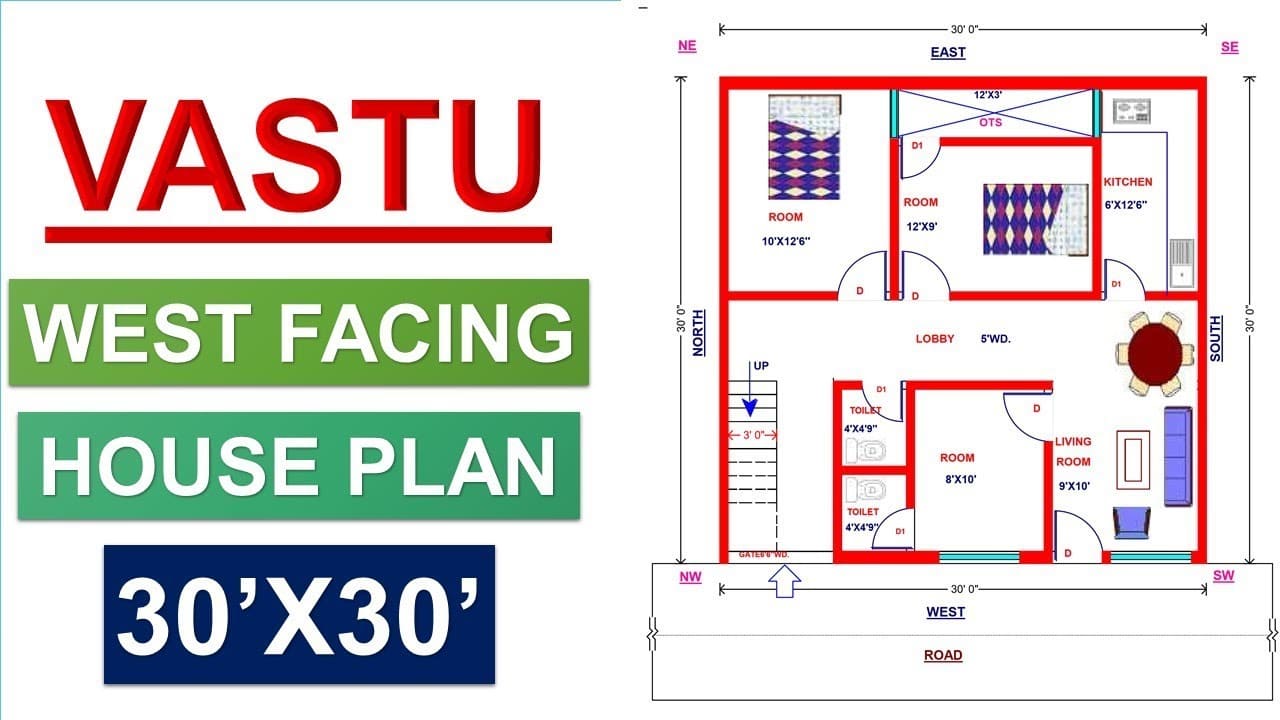Introduction:
Interior design is a multifaceted discipline that combines creativity, functionality, and aesthetics to transform spaces into harmonious environments. From residential homes to commercial offices, interior design plays a pivotal role in shaping our surroundings. This article aims to delve into the basics of interior design, shedding light on key principles, elements, and considerations that form the foundation of this captivating field.
Understanding the Basics:
- Space Planning: Interior design begins with effective space planning. Designers analyze the available space, considering its dimensions, layout, and purpose. This step involves optimizing the use of space to enhance functionality and flow, ensuring that every element serves a purpose.
- Color Palette: Colors significantly impact the atmosphere of a space. Designers carefully select a color palette based on the desired mood and function of the room. Warm tones evoke coziness, while cool tones create a sense of calm. Understanding color theory is crucial in achieving a balanced and visually pleasing environment.
- Furniture Selection: The choice of furniture goes beyond aesthetics; it also influences comfort and functionality. Interior designers consider the scale, proportion, and style of furniture to ensure a cohesive and well-balanced look. Customization may be necessary to meet specific design requirements.
- Lighting Design: Lighting is a powerful tool in interior design, affecting both the ambiance and functionality of a space. Natural and artificial lighting should be strategically integrated to highlight focal points, create visual interest, and enhance the overall mood.
- Texture and Materials: Texture adds depth and tactile appeal to a space. Designers select materials carefully, taking into account their visual and tactile qualities. A thoughtful combination of textures, such as wood, metal, and fabrics, contributes to a rich and dynamic design.
- Balance and Harmony: Achieving balance is essential in interior design. It involves distributing visual weight evenly throughout a space to create a sense of equilibrium. Harmony is achieved when all elements work together cohesively, creating a unified and pleasing composition.
- Emphasis and Focal Points: Every well-designed space should have a focal point that captures attention and anchors the design. Whether it’s a statement piece of furniture, artwork, or architectural feature, the focal point guides the viewer’s eye and adds interest.
- Style and Theme: Identifying a style or theme provides a cohesive framework for the design process. Whether it’s contemporary, traditional, minimalist, or eclectic, having a clear style in mind helps guide decisions regarding color, furniture, and overall aesthetic.
Conclusion:
In conclusion, the basics of interior design encompass a combination of artistic intuition and practical considerations. From space planning and color theory to furniture selection and lighting design, each element plays a crucial role in shaping a well-designed interior. Aspiring designers and enthusiasts alike can use these foundational principles to embark on their journey in creating spaces that are not only visually appealing but also functional and inspiring.




